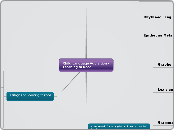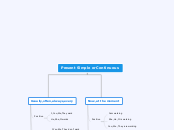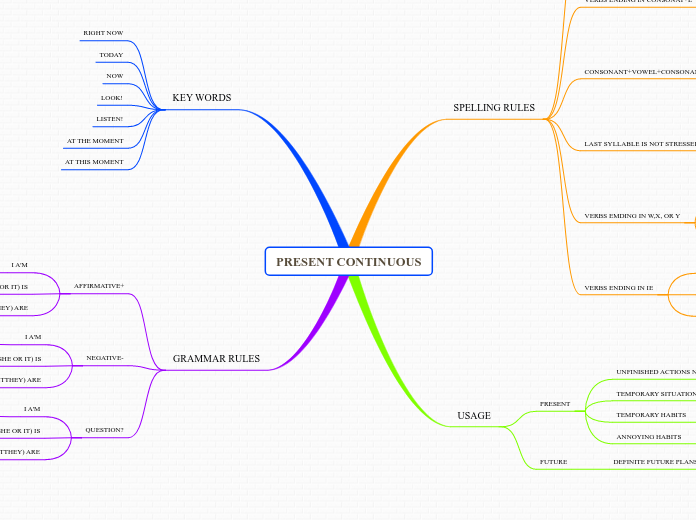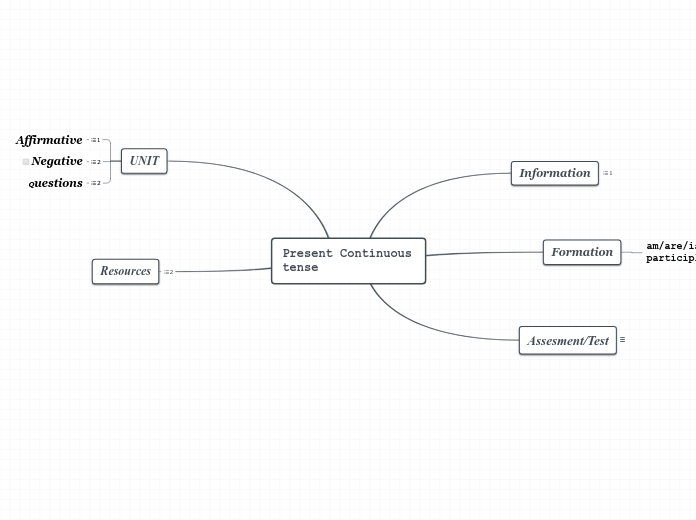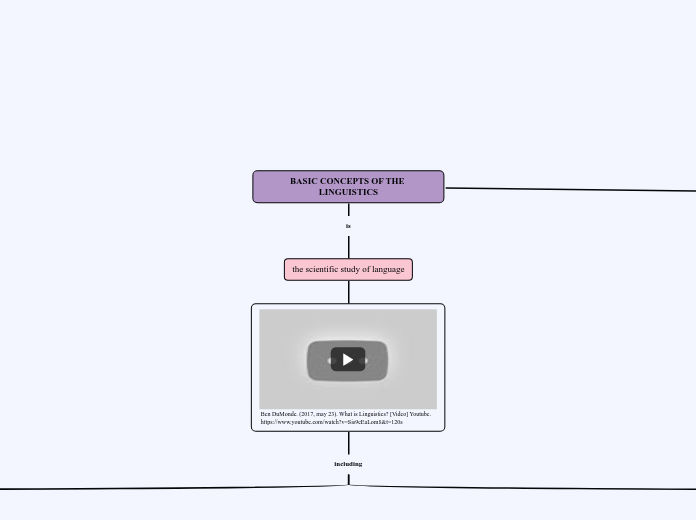作者:lilia galmes 13 年以前
704
Child Language Aquisition - Learning to Read
Analyzing children's reading books involves various frameworks to understand how young readers engage with text. Key elements include examining the lexis and semantics, which involve the types of words used, their syllable count, and how easily they can be recognized.
